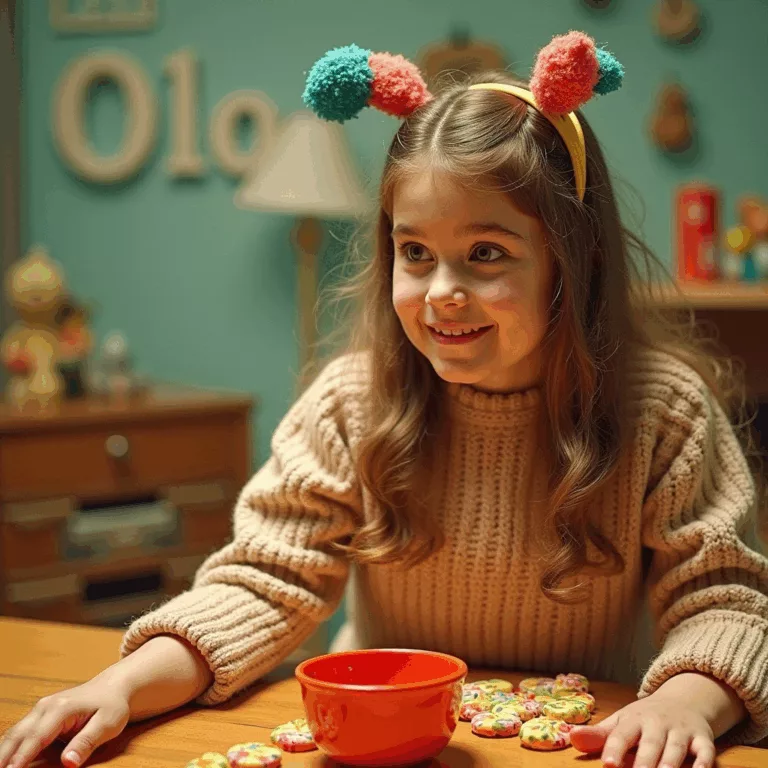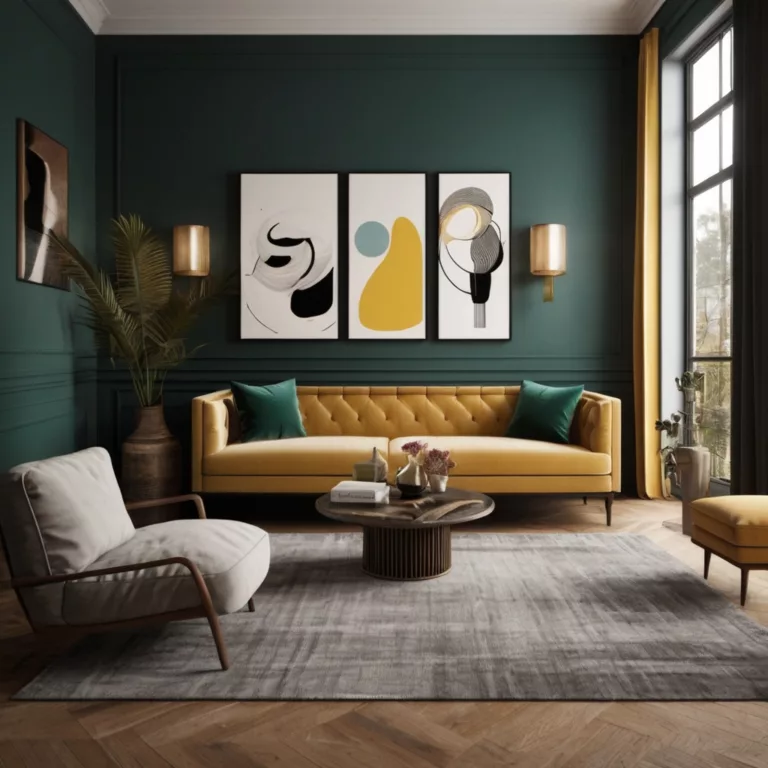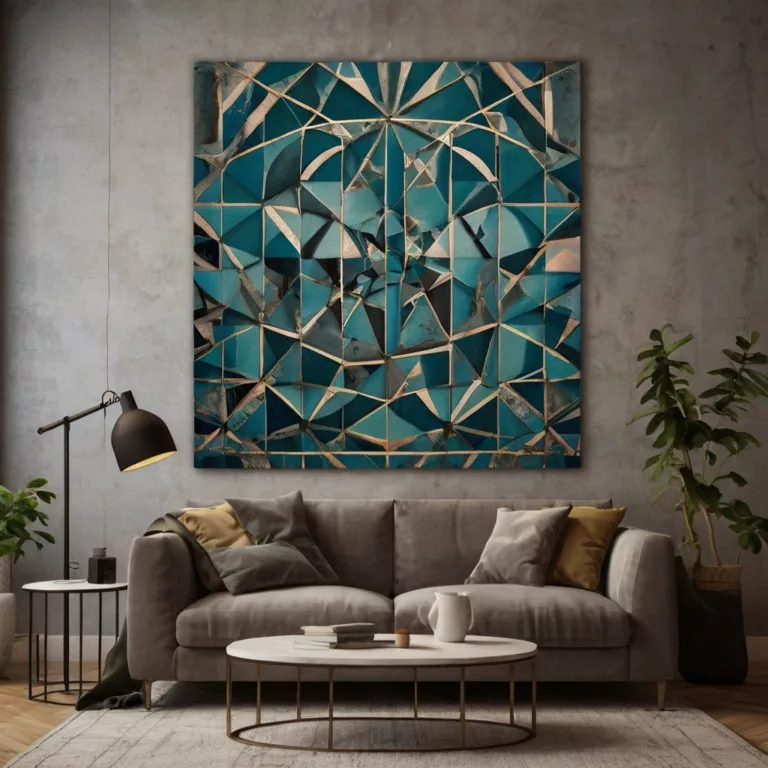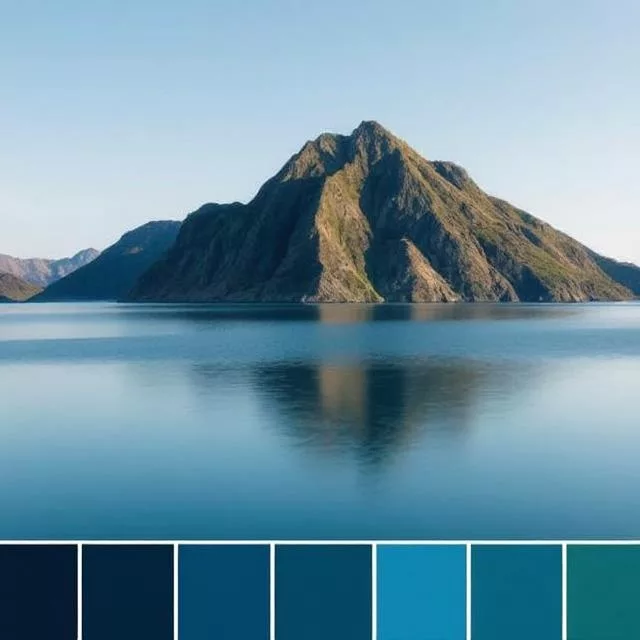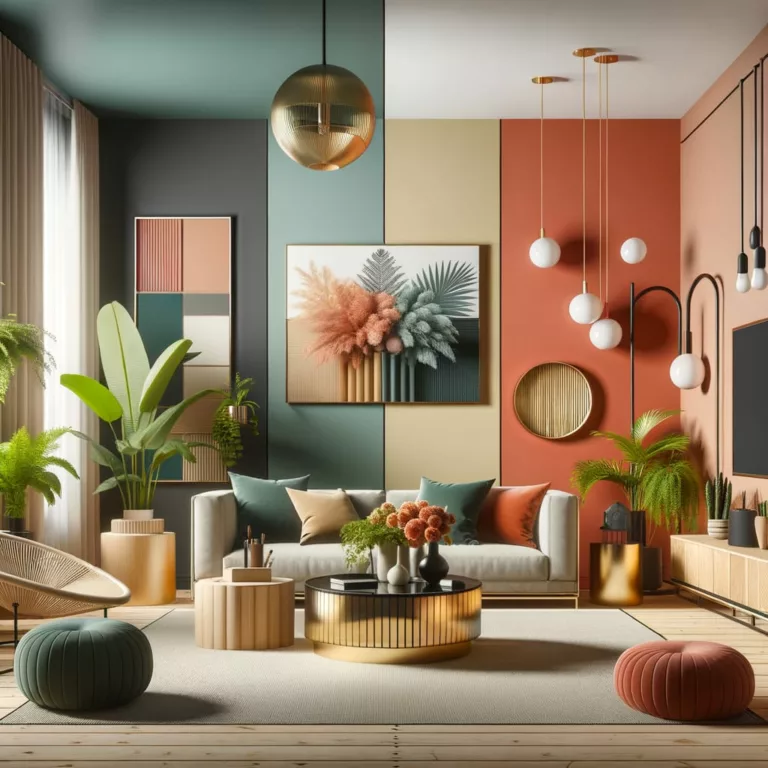Best Home Paints for Interior Walls
Choosing the right paint for your interior walls is a crucial decision that affects not only the aesthetic appeal of your living space but also its functionality and longevity. The perfect paint can transform a room, create a desired atmosphere, and even contribute to healthier indoor air quality. This comprehensive guide explores the various aspects of interior wall paints, from types and finishes to application techniques and environmental considerations, to help you make an informed decision for your home.
Understanding Paint Composition
Modern interior paints consist of four primary components:
- Pigments – These provide color and opacity
- Binders – These hold the pigment particles together and adhere to the surface
- Solvents – These keep the paint in liquid form until application
- Additives – These enhance specific properties like durability, mold resistance, or drying time
The quality of these components significantly impacts the paint’s performance, including coverage, durability, and environmental impact.
Types of Interior Paints
Water-Based Paints
Latex/Acrylic Paints
Water-based paints dominate the interior paint market due to their versatility, ease of use, and lower VOC (Volatile Organic Compound) content. Benefits include:
- Quick drying time (typically 1-3 hours)
- Low odor
- Easy cleanup with water
- Excellent color retention
- Greater flexibility, reducing cracking and peeling
- Better breathability, reducing moisture issues
Premium acrylic paints offer enhanced durability and stain resistance compared to standard latex paints, making them ideal for high-traffic areas and homes with children or pets.
Oil-Based Paints
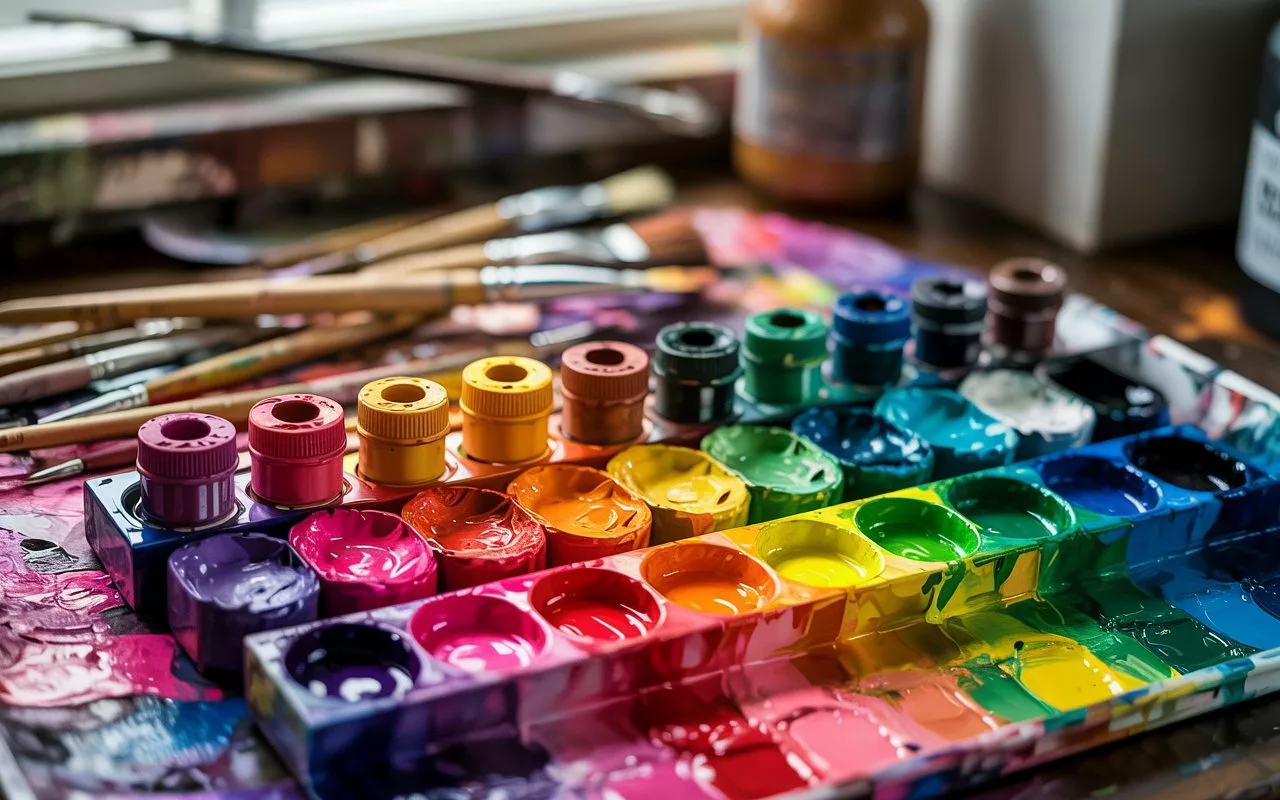
Though less common today due to environmental regulations and health concerns, oil-based paints still have specific applications where their properties are beneficial:
- Superior adhesion to difficult surfaces
- Exceptional hardness and durability
- Excellent flow and leveling for a smooth finish
- Better stain-blocking capabilities
The drawbacks include:
- Longer drying time (24+ hours)
- Stronger odor during application
- Higher VOC content
- Requires mineral spirits for cleanup
- Tendency to yellow over time, especially in low-light areas
Specialty Paints
Zero-VOC and Low-VOC Paints
These environmentally friendly options have significantly reduced harmful emissions, making them ideal for those with chemical sensitivities or households prioritizing indoor air quality.
Antimicrobial Paints
Contain additives that inhibit the growth of mold, mildew, and bacteria, making them excellent choices for bathrooms, kitchens, and other moisture-prone areas.
Ceramic Paints
Incorporate ceramic microspheres that enhance durability, insulative properties, and cleanability.
Chalk Paints
Provide an ultra-matte finish popular for furniture but increasingly used for walls seeking a vintage or rustic aesthetic.
Paint Finishes and Their Applications
The finish (or sheen) of paint refers to its reflectivity and has practical implications beyond mere appearance:
Flat/Matte
- Reflection level: 0-5%
- Best for: Low-traffic areas, ceilings, rooms with imperfect walls
- Pros: Hides surface imperfections, non-reflective, sophisticated appearance
- Cons: Difficult to clean, marks easily, less durable
Eggshell
- Reflection level: 10-25%
- Best for: Living rooms, dining rooms, bedrooms
- Pros: Slight sheen, more washable than flat, good durability
- Cons: Still shows wear in high-traffic areas
Satin
- Reflection level: 25-35%
- Best for: Family rooms, children’s bedrooms, hallways
- Pros: Good cleanability, resists moisture better, fairly durable
- Cons: Shows application flaws and touch-ups more readily
Semi-Gloss
- Reflection level: 35-70%
- Best for: Kitchens, bathrooms, trim, doors
- Pros: Highly washable, moisture-resistant, durable
- Cons: Highlights surface imperfections
High-Gloss
- Reflection level: 70-90%
- Best for: Trim, doors, cabinets, furniture
- Pros: Maximum durability, stain resistance, and cleanability
- Cons: Shows every imperfection, can be visually overwhelming on large wall surfaces
Top Interior Paint Brands and Product Lines
Premium Tier
Benjamin Moore
- Aura – Their flagship line with proprietary Color Lock technology for exceptional color depth and durability
- Regal Select – Excellent balance of performance and value
- ben – More affordable option that maintains good quality
Sherwin-Williams
- Emerald – Top-tier paint with excellent coverage and stain resistance
- Duration Home – Advanced stain-blocking technology
- Cashmere – Known for its smooth application and rich finish
Farrow & Ball
- Known for high-pigment formulations and distinct color palette
- Exceptional depth and richness of color
Fine Paints of Europe
- European-style paints known for extraordinary durability and finish
Mid-Range Tier
Behr
- Marquee – One-coat coverage guarantee
- Premium Plus Ultra – Good stain resistance and scrubbability
PPG/Glidden
- Timeless – Good durability and coverage
- Diamond – Stain-resistant technology
Valspar
- Signature – Good coverage and durability
- Reserve – Enhanced stain resistance
Budget-Friendly Tier
HGTV Home by Sherwin-Williams
- Good quality at a more accessible price point
Dutch Boy
- Simple application with innovative packaging
Colorhouse
- Zero-VOC options at reasonable prices
Color Selection Strategies
Understanding Color Psychology
- Warm colors (reds, oranges, yellows) – Energizing, stimulating, can make large spaces feel more intimate
- Cool colors (blues, greens, purples) – Calming, relaxing, can make small spaces feel larger
- Neutrals (whites, grays, beiges) – Versatile, timeless, provide excellent backdrops for other design elements
Testing Colors Effectively
- Paint samples – Apply to multiple walls and observe throughout the day as lighting changes
- Large swatches – Use 12″x12″ samples rather than small chips for better visualization
- Consider the room’s orientation – North-facing rooms receive cooler light, while south-facing rooms get warmer light
Color Trends vs. Timeless Choices
While staying aware of trends can be inspiring, consider the longevity of your color choice:
Current Trends (2024-2025)
- Earthy neutrals with subtle undertones
- Moody, saturated colors for accent walls
- Nature-inspired greens and blues
- Warm whites over cool whites
Timeless Options
- Soft whites (Benjamin Moore’s White Dove, Sherwin-Williams’ Alabaster)
- Gentle grays (Benjamin Moore’s Revere Pewter, Sherwin-Williams’ Repose Gray)
- Muted blues (Benjamin Moore’s Palladian Blue, Sherwin-Williams’ Sea Salt)
Surface Preparation
The longevity and appearance of your paint job depend significantly on proper preparation:
Essential Steps
- Clean walls thoroughly – Remove dust, grease, and grime with TSP (trisodium phosphate) or gentle detergent
- Repair imperfections – Fill holes with spackling compound, repair larger damages with joint compound
- Sand surfaces – Create a slightly rough texture for better paint adhesion
- Caulk gaps – Seal cracks between trim and walls for a professional finish
- Prime when necessary – Use appropriate primers for:
- New drywall
- Stained surfaces
- Dramatic color changes
- Porous surfaces
Specialized Primers
- Stain-blocking primers – For water stains, smoke damage, or crayon marks
- Bonding primers – For glossy surfaces or challenging substrates
- Mold-inhibiting primers – For bathrooms and damp areas
- Drywall primers/sealers – For new construction or patches
Application Techniques and Tools
Brushes vs. Rollers vs. Sprayers
Brushes
- Best for: Trim, corners, edges, small areas
- Types: Natural bristle (for oil-based paints), synthetic (for water-based paints)
- Quality indicators: Split ends (flagging), proper density, secure ferrule
Rollers
- Best for: Large wall areas
- Nap length: 3/8″ for smooth surfaces, 1/2″ for light texture, 3/4″ for moderate texture
- Material: Microfiber for smooth finish, lambswool for oil-based paints
Paint Sprayers
- Best for: Large projects, textured surfaces
- Types: Airless (professional results), HVLP (more control, less waste)
- Considerations: Requires extensive masking, proper technique to avoid runs
Professional Application Methods
Cutting In
- Use a high-quality angled brush
- Load paint to cover 1/3 of bristle length
- Create a straight line 2-3 inches from corners, trim, and ceilings
- Work in sections of 3-4 feet
Rolling Technique
- Use a W or M pattern for initial application
- Fill in with overlapping vertical strokes
- Apply moderate pressure consistently
- Maintain a wet edge to avoid lap marks
Environmental and Health Considerations
Understanding VOCs
Volatile Organic Compounds evaporate at room temperature and can cause:
- Respiratory irritation
- Headaches
- Nausea
- Long-term health concerns
Regulatory standards for “low-VOC” paints:
- Less than 50 g/L for flat paints
- Less than 150 g/L for non-flat paints
Certifications to Look For
- Green Seal – Independent certification for environmental standards
- GREENGUARD – Focuses on indoor air quality impact
- MPI GPS-2 – Master Painters Institute’s green performance standard
Natural and Alternative Paints
- Milk paint – Made from milk protein, lime, and pigments
- Clay paint – Natural clay-based formulas with excellent breathability
- Silicate paint – Mineral-based with exceptional durability
Maintenance and Longevity
Proper Cleaning Techniques
- Wait at least two weeks after painting before cleaning
- Use gentle, non-abrasive cleaners
- Test cleaning products in an inconspicuous area first
- Use microfiber cloths rather than abrasive sponges
Expected Lifespan
- Flat/Matte: 5-7 years
- Eggshell/Satin: 7-10 years
- Semi-Gloss/High-Gloss: 10-15 years
Factors affecting longevity:
- Surface preparation quality
- Paint quality
- Application technique
- Room usage and exposure
- Climate conditions
Signs It’s Time to Repaint
- Visible fading, especially in sun-exposed areas
- Chalking (powdery residue when touched)
- Cracking or peeling
- Difficulty cleaning without removing paint
- Water stains that return after cleaning
Cost Analysis and Value Considerations
Price Ranges (as of 2025)
- Economy: $15-30 per gallon
- Mid-Range: $30-50 per gallon
- Premium: $50-80+ per gallon
- Specialty/Designer: $80-150+ per gallon
Coverage Calculations
- Average coverage: 350-400 square feet per gallon for smooth surfaces
- Formula: Square footage ÷ coverage per gallon = gallons needed
- Add 10% for textured surfaces and 20% for dramatic color changes
Value vs. Cost Considerations
Higher-priced paints often provide:
- Better coverage (fewer coats required)
- Enhanced durability (longer between repaints)
- Superior washability (reduced maintenance)
- Better color retention
- Lower VOC content
Conclusion
Selecting the best interior paint involves balancing aesthetic preferences with practical considerations like durability, environmental impact, and maintenance requirements. While premium paints typically offer better performance and longevity, the right choice depends on your specific needs, budget, and the particular requirements of each room. By understanding the different types of paints, finishes, and application techniques, you can make informed decisions that will enhance your living space for years to come.
Remember that proper preparation and application are just as important as the paint quality itself. Taking the time to prepare surfaces correctly and apply paint with appropriate techniques will significantly improve the final result, regardless of the paint you choose.
Whether you opt for the rich depth of a premium brand, the balanced performance of a mid-range option, or the practicality of a budget-friendly choice, today’s market offers excellent options in every category to create beautiful, durable interior spaces.
Art11deco



